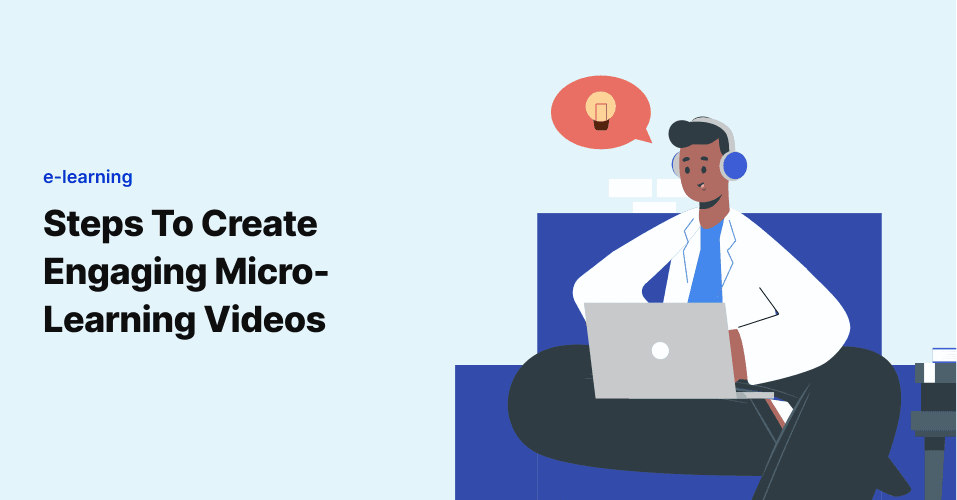
Can E-learning Actually Save Money During EHR Implementations?
Training is the most crucial aspect of implementing and adopting a new EHR, and it decides the success of an …

So, what really is a learning organization? Surprisingly, a clear definition of learning has proved to be somewhat elusive over the years. However, some tend to view organizational learning as a process that happens over time, combined with knowledge acquisition leading to sustainable performance, and they would be right.
The most effective learning organizations are often highly skilled with a few primary strategies, starting with a problem-solving approach.
By creating systems and processes that support a learning organization and then integrating them into the culture of daily operations, leaders can manage their organization’s learning more effectively and maintain the learning organization with long-term sustainability. Organizations that are consistent in their successes often demonstrate a strong commitment to developmental learning and instill “champions” that work to foster a learning culture from within and help define the various characteristics of the learning organization.
Experience has led me to believe that one of the largest gaps in developing an organizational learning culture is top-level engagement. The characteristics of what a truly sustainable learning organization should include starts in the C-Suite. It is of absolute importance that senior leaders are engaged as visible business partners and advocates of learning. It is the executives who must clearly understand, and articulate how performance-based learning capabilities contribute to the organizational mission, values, and effectiveness.
With adequate communication, this approach is cascaded down through the leadership structure centralizing the message, which, in many cases limits the clarity of direction.
Clarity of message and an “inspection of the expectation” is of absolute importance for anyone in the chain of communication, therefore creating the opportunity to set the proper accountability strategies.
A characteristic of an effective learning organization is efficiency. It is the leader’s charge to provide easy access to employee-centered, flexible learning content while routinely monitoring time, usage, and cost indicators.
Today, the prioritization of effectiveness is at an all-time high as leaders have a tendency to use a variety of qualitative and quantitative methods to evaluate the collective impact of organizational learning strategies and overall progress toward Key performing indicators (KPI). Leaders must regularly assess how services and practices are aligned with, and contributing to, critical talent development and capability needs across the organization.
A percentage of the total HR, L&D, or talent development budget is regularly applied toward organizational learning, including staffing resources and systems for effectively collecting, analyzing, and displaying results data. This idea also includes investment in continuing education around learning best practices for the enhanced capabilities of learning and development staff and key business partners and stakeholders across the organization.
All of these components work in conjunction to build a culture of learning within the organization. The key here is that long-term sustainability is integrated into the foundational construct of learning and not simply an ad-hoc idea or afterthought which limits overall progress.
Keeping these ideas in the forefront will pay dividends while providing continuous progress towards creating a cohesive, credible, and sustainable learning organization.
Join over 3,200 subscribers and keep up-to-date with the latest innovations & best practices in Healthcare IT.

Training is the most crucial aspect of implementing and adopting a new EHR, and it decides the success of an …

Dealing with the creation of tip sheets can be quite daunting, no doubt about it.
A survey by WellSky in 2022 …

Having seen many Micro learning videos, they look so easy. Just record how to do something, right? Well, when …